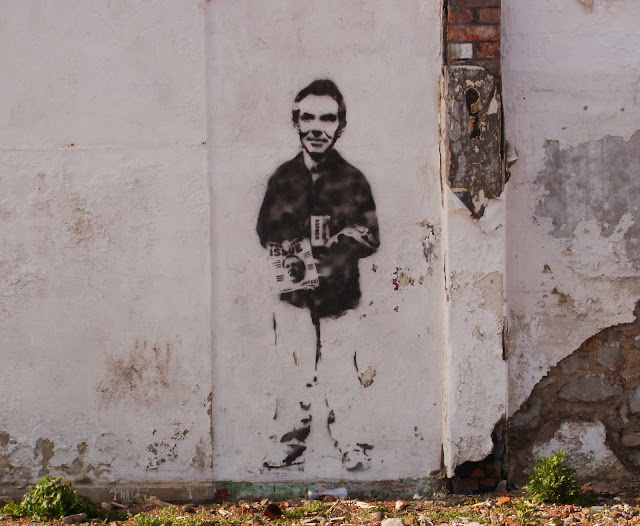
Weston is famous for the mud of the Bristol Channel on which the town sits. At low tide the sea is about a mile from the promenade, resplendently repaved with what must be hundreds of thousands of tons of granite, and edged with a splash wall into which are built numerous stone benches, at a total cost of £34 million. Near the prom stands the Weston Wheel, 130 feet in diameter and boasting 30 observation pods.

The Grand Pier, opened in 1904, was originally planned to be 6,600 feet long, and now extends 1,200 feet. The largest pavilion ever built on a pier was added in 1932/3, after a fire destroyed the original pier-end building in 1930. This Art Deco building in turn burned down in July 2008. A staggering £51 million has been spent on a replacement, opened in October 2010. Irritatingly, the owners allow children but not dogs on the pier, which suggests that it is as corporate and clinical as it looks from below.

Weston is an odd town. In January 1941 and June 1942 large swathes were destroyed by thousands of incendiary bombs; and these areas are home to ugly constructions of the 1960s. There are also though some fine Art Deco buildings, such as a Burton's from the 1930s, designed by Harry Wilson, the head of the firm's in-house architects - note the elephant heads.

No comments:
Post a Comment